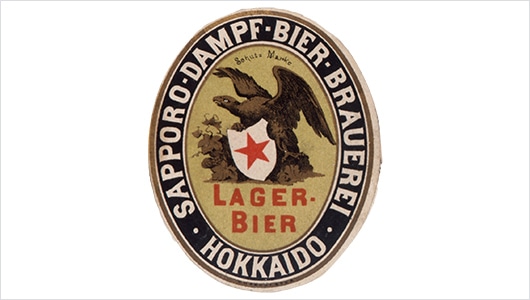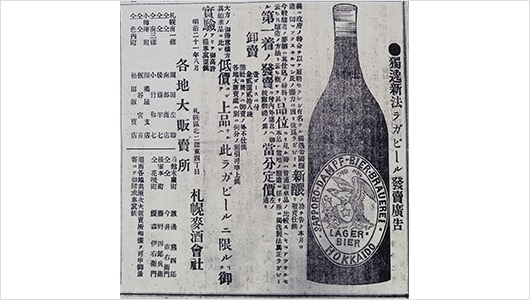

The label for Sapporo Lager Beer, which went on sale in August 1888, read DAMPF-BIER. Dampf is German for steam or vapor. In other words, this was heat-treated, pasteurized beer. The benefit of pasteurization is that residual yeast in the beer is killed off by heat, which improves the resilience of the product and shelf life, making it better able to withstand long distance transport. In this way, pasteurization greatly contributed to beer being sold through wider channels. When transporting from Sapporo to Tokyo, ice was used in summer to keep the beer cool, but pasteurized beer was much more economical due to not requiring expensive natural blocks of ice.